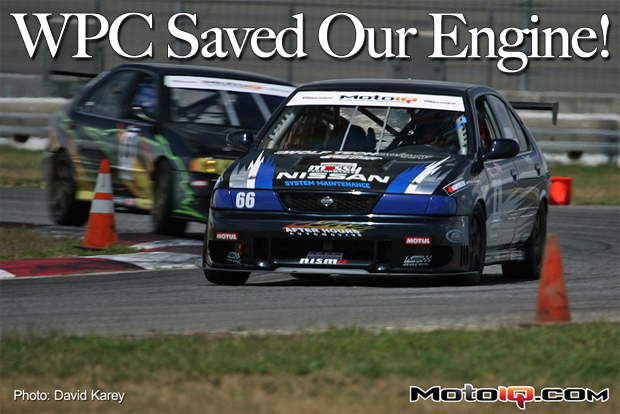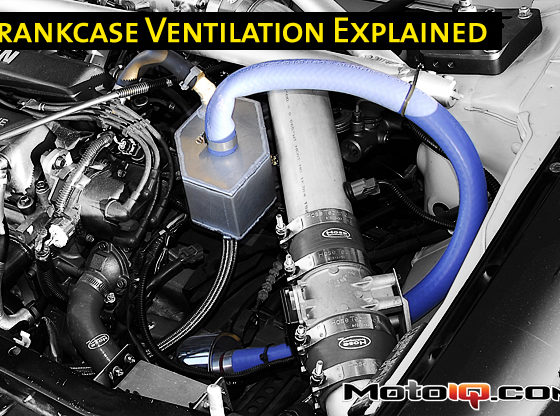
WPC Treatment Saved Our Engine!
By Mike Kojima
We had just installed a freshly built SR20DE engine for the Dog Car. This is the B14 Nissan Sentra race car that we have been campaigning for many years in road racing and time attack which had been sitting dormant since 2006. With the advent of Redline’s MPTCC race class we decided to dust the car off, freshen it up and have Formula D drifting ace Dai Yoshihara campaign the car in the TU class.
 |
| The world famous Dog Car not only survived running at race speed with low oil pressure, it actually won. It also proved that you should always carry a mechanical oil pressure reference gauge or believe your electrical one. |
We had rebuilt an SR20DE engine for a 200SX SE-R street car that we no longer owned and it was sitting around gathering dust so we decided to install that engine in the car. You can read about that build here! This freshened up engine produced around 180 whp and 143 lb/ft of torque and made extensive use of WPC treatment, the Japanese super finishing technology that we have found to work quite well. You can read about how WPC works here!
 |
| Engine bearings are one of the most easily damaged components of an engine due to a loss of oil pressure as they are made of soft metal that depends on a continuous film of pressurized oil to survive. The Calico main bearings on our engine only had the coating burnished off in some areas. The bearing metal was undamaged except one bearing got a light scratch from a small piece of debris with low oil pressure. These bearings could be reused. |
All went well during the MPTCC race and Dai drove the car to an easy win. We had noted severe oil pressure fluctuations all weekend and several moments of near zero oil pressure which we had attributed to a faulty sending unit. After the race we changed the sender unit and sent the car off to our sponsors Jim Wolf Technology for a cam swap and dyno tuning in search of more power for the upcoming Liberty GP at Willow Springs.
 |
| The rod bearings are also nearly perfect with only some burnishing of the bearing coating. |



